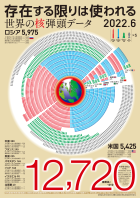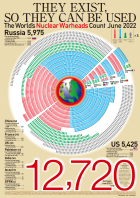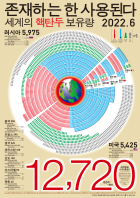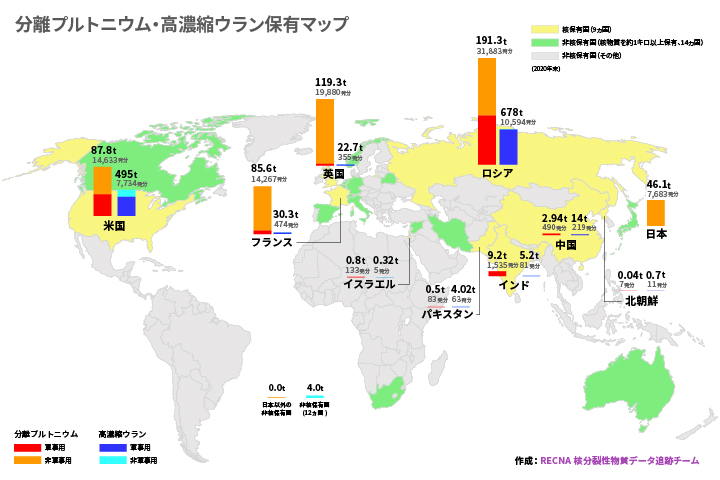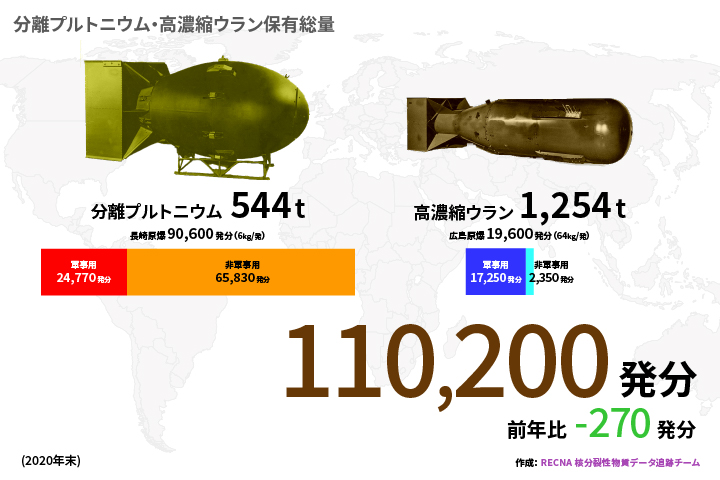RECNAの客員教授である朝長万左男氏(日本赤十字社長崎原爆病院名誉院長)が、オーストリアのウィーンで開かれた核兵器禁止条約第1回締約国会議2日目の6月22日、スピーチを行いました。
ご本人による日本語訳を以下に掲載してご紹介いたします。
長崎の被爆者(日本赤十字社長崎原爆病院名誉院長)による被爆者物語
朝長 万左男(1943年6月5日生)
[ 英語原文 ] [ UN Web TV 01:16:35~ ]
私は長崎の原爆被爆者です。爆心から2.5kmのところで2番目の原子爆弾に遭遇しました。私は2歳でした。私は押しつぶされた日本家屋の中で生き残り、20歳の母が私を壊れた家から救出しました。私たちの地域はすぐに燃え尽きて、完全に平らになりました。
私にはこの災害の記憶がありません。急性症状はなく、正常に育ちました。高校生になったときは、若い被爆者の間で白血病の発生率が高かった時期でした。このことは私を不安にさせ、医者になることに決めました。医師となった私は1968年に長崎大学原爆後障害医療研究所に入り、以来45年にわたり研究を続けてきました。
私は1970年代まで白血病の発生率が高いことを観察しました。その後、さまざまな臓器の癌の増加が観察され、これは現在まで続いています。一部の被爆者は、2番目と3番目の癌を発症しています。このように、がんの発生は被爆者の一生をカバーしています。 4年前、ついに私自身が前立腺癌に罹り、重粒子線療法を受けています。この最新の治療法のおかげで、私は今健康を保てています。
私たち被爆者には、がんや他の病気の長期にわたる不安から解放された穏やかな期間はほとんどありませんでした。私たちは、このような原子爆弾に関連する障害を常に克服しながら、私たちの生活を再構築してきました。
最近の統計によると、高齢の被爆者の心臓発作、つまり心筋梗塞の発生率が高くなっています。原子爆弾の放射線は、癌や白血病だけでなく心血管障害も引き起こす遺伝子の損傷、つまりDNA損傷を引き起こす可能性があります。被爆者の生涯は、ノンストップ・トレインであり、家族作りや家を建て直すのに苦労している間も、ゆっくり生涯にわたり生じる健康の悪化と闘いながら、被爆後の新しい生活を復活させてきたと言えます。
多くの被爆者は、被爆者でもあった両親や兄弟を癌のために亡くしました。女性の被爆者においては結婚の相手を見つけるのに、社会的な厳しい差別も壁となりました。このような差別は、はじめの20年間に特に深刻でした。しかし、ほとんどの被爆者が自分の家族を再建することができ、次第に減少しました。
被爆者とその両親から生まれた子供たちは、両親からの遺伝的伝達によって奇形や癌を発症するかもしれないという特別な不安に遭遇しました。動物実験ではしばしば肯定的な結果が報告されていましたが、人間の被爆者においては遺伝的伝達の科学的証拠が不足しているため、このような不安がこれまでずっと持続してきました。
最近、私の母校の長崎大学原子爆弾後障害医療研究所のグループは、被爆者の父親の精子細胞と母親の卵子細胞から子供たちへの放射線誘発の遺伝子異常の遺伝的伝達を証明するための新しい分子技術を確立しました。この手法は、全ゲノムシーケンスと呼ばれます。 わずか3組ですが、高線量被ばくの親とその子供を利用したこの分子解析の最初の試験は、否定的な結果に終わりました。この技術は、多数例に応用すれば人間への放射線被爆の遺伝的問題について結論を出すための最後の決定的方法となる可能性があります。
今、私たち被爆者の人口は、絶え間ない縮小の最終段階にあります。被爆者人生の最終段階で、TPNWが2017年に成立し、2021年に発効したのを見て、彼らは非常に喜んでいました。しかしながら、世界で唯一原子爆弾投下を受けた国である日本は、同盟国である米国の核の傘によって保護されています。われわれは日本の安全保障を核兵器に依存していることをとても悲しく思います。私たちは泣いています。
すべての被爆者が亡くなって世界から消え去る前に、核なき世界を実現するために克服しなければならないこのジレンマと高い壁を見ると、私たちは非常に悲しい気持ちになります。被爆者としてこの世とお別れする前に、最初の広島と2回目の長崎で原爆攻撃に遭遇した最初の人間は、爆撃が事前警告されることもなく、全市民に対して、完全に無差別で、二つの中都市を標的として、核の人間への効果をも調べようとした事実を、再度強調したいと思います。原爆が人間に与える影響について、私たちは世界の市民に私たち被爆者の人生を真剣に理解してもらいたいと思います。特に、私たちの子孫に遺伝的放射線の影響が見られないことを祈りたいと思います。
最後に、TPNW締約国は、核兵器国に対して、核兵器禁止条約に署名し、加盟するように最も強い圧力をかけなければならないことを再度強調させてください。来たるNPT再検討会議の機会を利用して、TPNWグループは核兵器国や私の国である日本などの他の核依存国と交渉を開始し、非核兵器国やICANなどの国際NGOとトラック1.5会議を開いて、対話を開始し、信頼を醸成する必要があります。
長崎の被爆者団体は最近、市内の平和推進NGOグループとの新しい組織を設立し、核兵器国の市民と話し合うキャンペーンを開始しました。最終的に政府に核廃絶を決意させることができるのは、その国の国民であることを強調して発言を終わります。
